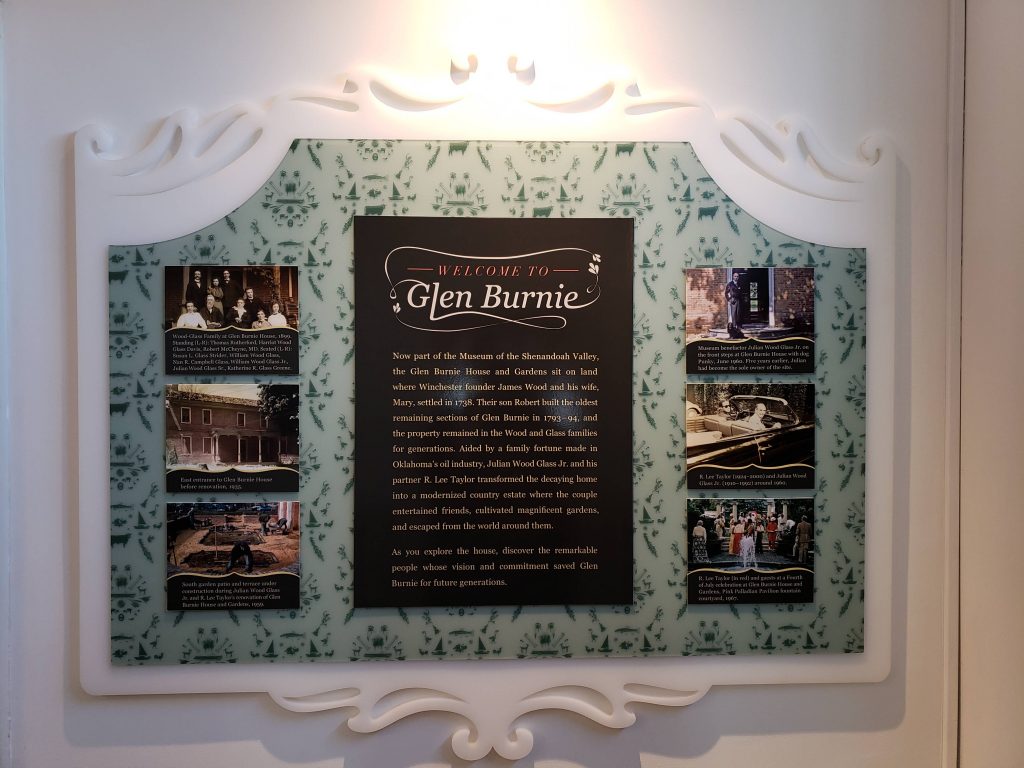Case Studies in Community: The Museum of the Shenandoah Valley
Often when a museum is dealing with tight margins, dropping interest from local visitors, and growing infrastructure concerns, they are inclined to draw inward, hunker down, and try to weather the storm by protecting the visitors, donors, and physical spaces they need to survive. Unfortunately, this can backfire, further alienating an institution from the very people that can stabilize and enliven it. While it may feel risky, going out into the community can be a pathway to survival and growth for a museum. I recently had the good fortune to meet with one such organization, the Museum of the Shenandoah Valley, who took this route.
The Museum of the Shenandoah Valley (MSV) was created in 2005 with a two-fold mission: To house the fine and decorative arts collections of Julian Glass Jr., whose ancestral estate the MSV is built on, and to collect and share the arts and culture of the Shenandoah Valley. The Museum came about after Glass designated in his will that his family estate, Glen Burnie, become a historic house museum after his death. Glen Burnie opened to the public in 1997 and the house and museum were moderately successful, seeing about thirty thousand visitors a year in 2013. But the MSV seemed unable to grow their visitorship beyond that point and had the all too common experience of small museums where the same group of people was constantly engaged with the site, with little interaction with the larger community.
Executive Director Dana Hand Evans, who came on board around that time saw the potential of the site and set out to bring more people into the MSV. They entered into a phase of strategic planning and created a ten year Master Plan to shape the MSV into a “cultural park” for the town of Winchester, VA and the Valley beyond. Evans made a series of curatorial, programmatic, and financial decisions that resulted in big changes and an uptick in local engagement with the museum.
Some of these decisions were small, but made the MSV more welcoming. They opened up their spaces to local organizations for meetings and other events at no charge. Suddenly the local college had access to an offsite space with a piano they could hold concerts in, and local non-profits didn’t need to search for meeting space, and lines of dialogue were opening up. At the same time, the MSV made the choice to stop pursuing grant opportunities that were open to social services. The Shenandoah Valley is a relatively poor area, with the majority of the students in the public school system eligible for free or reduced lunch. In reducing competition for funding for needed services, the MSV signaled to the community that they wanted to help build the people of the Valley up, not just preserve the memory of the people who lived there in the past.
A bigger change was to completely revise the interpretive experience of Glen Burnie, their historic house museum. Previously, the house had been a traditional historic house, with roped-off rooms displaying beautiful objects but with little context about who actually lived in the house. The house needed structural work and they had obtained an NEH grant to remove the contents of the house, do repairs, then reinstall it exactly as it had been before. However, Evans saw an opportunity to do more than maintain the status quo. The MSV undertook a series of listening sessions with community leaders, organizations, teachers, and more to hear their concerns and interests for the site, and to discuss ways to bring more people into the house. Evans and the MSV returned the NEH grant which did not allow for interpretive changes to be made, and sought alternative funding for a new interpretation that featured Julian Glass, Jr. and R. Lee Taylor as central figures in the house, giving visitors a peek into the mid-century life of two gay men who preserved and restored the house and gardens, filled it with fine decorative arts and furniture, and turned it into a social gathering place for their extensive group of friends and family.

Building on the success of that risk, Evans and the MSV have taken many more steps to build stronger bonds between the museum and the larger community. Local artists are now displayed in a small gallery, and a cafe was turned into a makerspace that offers classes and workshops to the public. Other arts education spaces have also been constructed. Seeking a way to expand use of their considerable grounds, the MSV recently completed fundraising to add three miles of walking and biking trails that will connect them to the larger Winchester Green Circle Trail and expand recreational space access for the community. And a new event oval is currently under construction, allowing the MSV to grow a small annual concert into a concert series that brings in thousands of visitors each summer.
In all, the MSV has doubled its visitorship in the past six years, bringing in over seventy thousand visitors in 2018. It has taken a lot of work, fundraising, and communication, but the MSV is in a better position now that they have devoted themselves to creating and strengthening their community connections. For any smaller organizations out there wondering how to create their own sustainable futures, looking at the MSV’s philosophy may be the key.